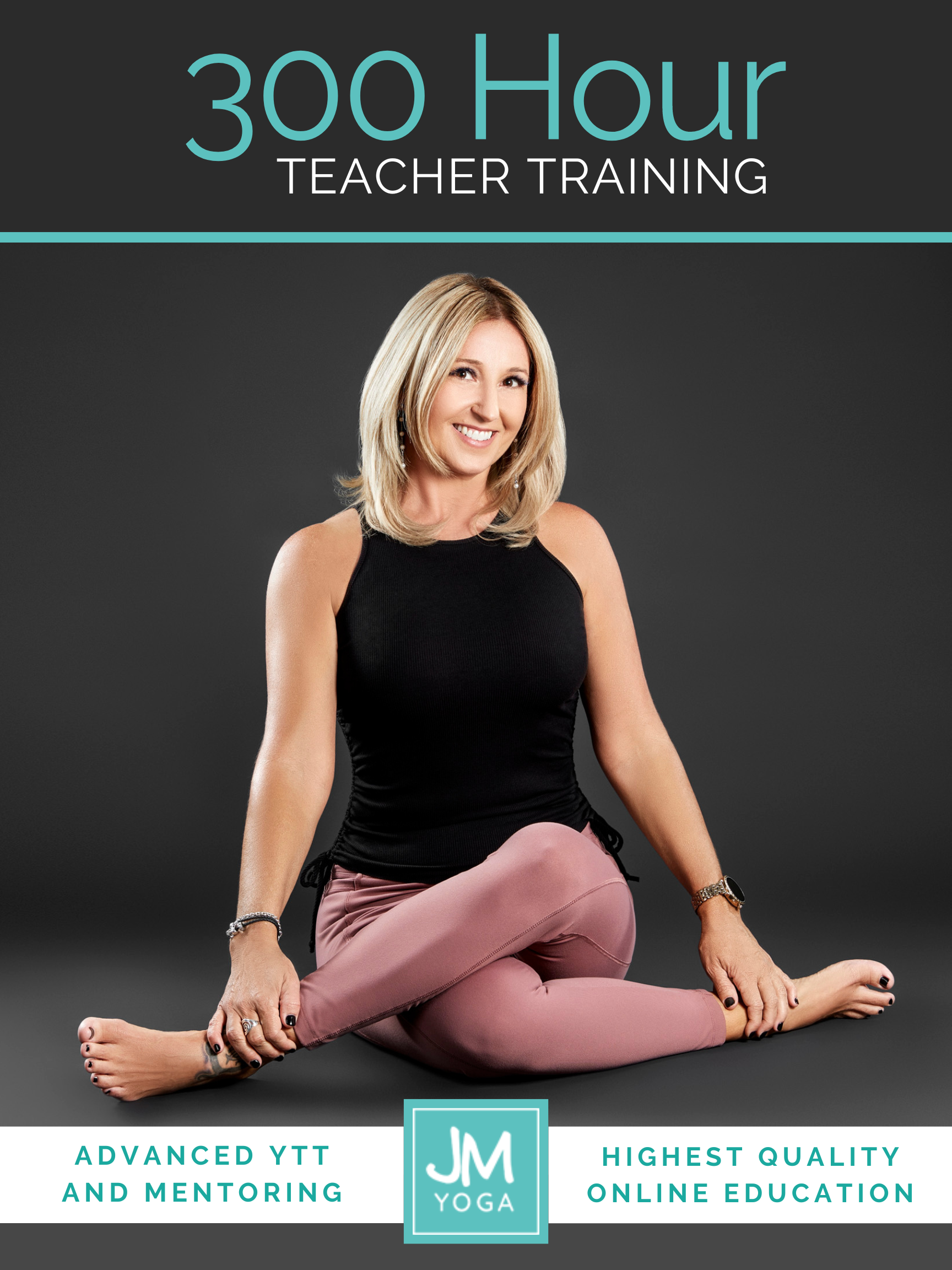This blog post is part of a 5-part email campaign I sent out in January 2022.
I suggest you read them in order:
#1 What’s missing from yoga?
#2 Nothing is missing from yoga.
#3 The one cue you could lay to rest.
#4 Yoga isn’t going anywhere.
#5 Yoga may not be a magic pill.
Nothing is missing from yoga. Also, yoga isn’t everything.
As I was writing this email series, I knew this would be the next topic to address. Especially since I know many of you found yoga and loved it so much it became a daily practice for years. Until your body started to hurt.
Suddenly the practice was knocked off its pedestal. Maybe you started to wonder if chaturanga was a shoulder shredder or if all the forward folds were tearing hamstring tendons. I mean, a New York Times journalist even published a book about yoga destroying hip joints. And many of you, and your students, had aches and pains to validate these possibilities.
Our response was to figure out how to “fix” yoga so it would be better. We started talking about safe and sustainable practices and we doubled down on proper form and alignment thinking we could solve the problem and have our beloved yoga back.
The problem, however, was never the yoga. The problem is the expectations we put on the poses.
When we expect a relatively low-impact, body-weight activity like yoga to reverse osteoporosis, improve cardiovascular health, or get us stronger, we are ignoring basic principles of biomechanics and exercise science. When we start talking about yoga being unsafe, we are ignoring a large body of literature that overwhelmingly concludes it’s safe.
Yes, the practice can have a positive effect on health outcomes and fitness levels, especially when the poses are novel. Our bodies adapt, and new inputs stimulate change. Yes, you can get injured on the mat but the risk is relatively low compared to other types of activities. You can also tear your Achille’s tendon playing hopscotch, but nobody is creating Facebook groups to discuss ad nauseam the sustainability of hopscotch.
Once you see that the “If yoga is missing nothing, then it should do everything” notion is a false dichotomy, it’s easier to settle into the gray area.
Yoga is perfect as it is and you can still want something more.
When you blend modalities by adding kettlebells, mobility drill, therabands, jumping jacks, etc. you’re not fixing yoga, you’re blending modalities. And that’s awesome. Just be careful about your language so you’re not sending the message to your students that yoga isn’t enough, or that yoga without these add-ons will harm you. We’re trying to attract students, not drive them away.
Finally, you could be making new playlists, incorporating somatic movements, or adding Pilates exercises to your classes not because you’re trying to fix yoga but because you’ve been teaching off the same script for years and are looking for some inspiration. And that’s also awesome. Just be careful about your language so you’re not sending the message to your students that yoga is boring, or worse, that you are bored with teaching it. Now more than ever, you should be wanting to fill your classes.
This is why, in my last email, I invited you to share your story. The yoga that captured your heart is the same yoga that will capture your next student’s heart. If you play a role in that, you might get to be on the other end of that transformation story a decade from now.
In my 300hr yoga teacher training, we improve upon how we talk about and teach yoga, we don’t improve the yoga. We look at the poses and the infinite ways they can be taught. We look at poses that you’ve checked off your list as complete and reignite a beginner’s perspective. You will fall in love with yoga again.
In my next email, I’ll offer another actionable step to keep the movement going. For now, keep sharing what you love about practicing and teaching yoga.
Extend Your Learning: Advanced Yoga Teacher Training with Jules Mitchell
This program is ideal if you have an interest in biomechanics, principles of exercise science, applications of pain science, neurophysiology, and stretching. These themes are combined with somatics, motor control theory, pose analysis and purpose, use of props for specific adaptations, pathology, restorative yoga, and intentional sequencing.
You will learn to read original research papers and analyze them for both their strengths and their biases. Critical thinking and intellectual discourse are central components in this training, which was designed to help teachers like you navigate through contradictory perspectives and empower you with education. Learn more >

